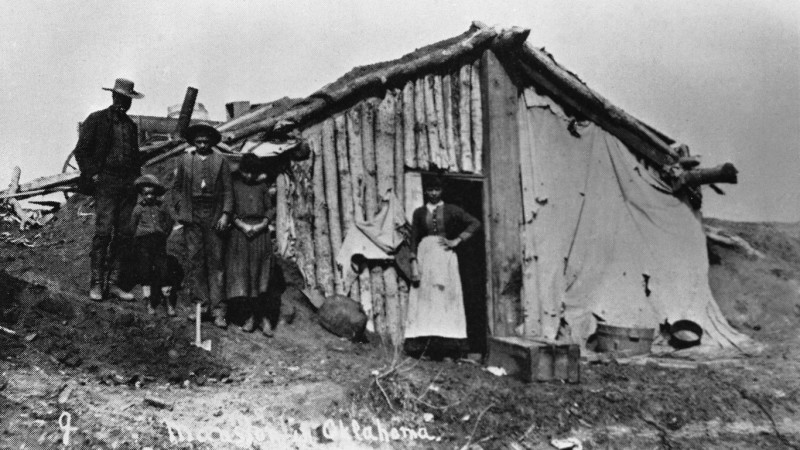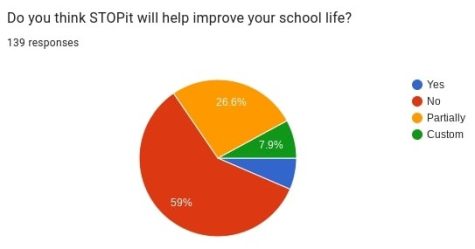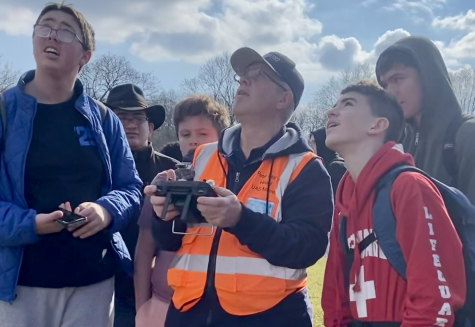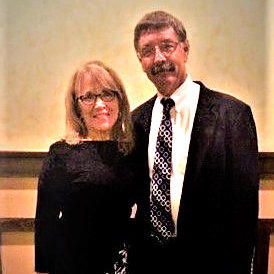The History of Dating: Where Were We and Where are We Now?
The 19th century was a hard time for the citizens of the United States because of the lack of resources such as: sustainable food and clean water. Since the technology for medicine was not as developed as it is in modern America. These societal issues were represented through the way the families were as well. It was common for a couple to have a lot of children because some could pass during childbirth and for extra help on the farm or in the parents’ business. (Photo Courtesy of MCT Campus)
Ever since the beginning of mankind, we have been “dating.” However, when did meeting someone to procreate turn into meeting someone for love and passion?
With advancements in technology and in medicine, our society is less reliant on the need to reproduce at a fast rate in a short amount of time.
For centuries and even still today in different cultures, many marriages were arranged by families and parents. The goal of these marriages was not to be in love, but rather to encourage economic stability and a stronger legacy.
Arranged marriages were strictly transactional. Relationships were between a man and a woman, where the woman would serve as property being passed between her father and husband. Her role was to reproduce and be the housewife and mother to the child or children to whom she gave birth.
Since these types of arrangements were common, there was no need for any period of what we now call “dating.” However, outside of these transactional business-type marriages, there were discrete romantic meetings, which were the first people that participated in modern day dating.
In The Art of Courtly Love, by Andreas Capellanus, it says that, “true love can have no place between husband and wife.”
From the 1700s on, there was a movement that empowered both men and women when it came not only to politics, but also socially. Because of these changes, there were many changes between relationships. Familial influence and dictatorship declined, and many individuals could choose who they should or wanted to marry.
Only a few centuries ago, dating was deemed as a “courtship ritual where young women entertained gentlemen callers, usually in the home, under the watchful eye of a chaperone,” but it became more common to see young couples in public together in Western countries.
In the 1800s the importance of compatibility and communication was stressed in advice books. For example, the book The Whole Art of Polite Courtship; Or the Ladies and Gentlemen’s Love Letter Writer wrote about love letters and their importance. As well as, Etiquette of Courtship and Matrimony which spoke about the ways to meet potential partners and how to go through the relationship without too much turbulence.
In the mid-twentieth century with the popularity of birth control and more effective and safer means of abortion, came less pressure surrounding marriage in order to reproduce.
New relationship dynamics surfaced and became common and socially accepted options for couples, like having no children at all. Different sexual orientations and relationships started to arise with the growth of knowledge regarding sexuality.
The options for dating continue to grow for people around the world with the evolution of online dating and various choices that we have right at our fingertips. However, with the evolution of the internet and easier access to possible mates comes a more negative side, one known as hookup culture.
Hookup culture might be a modern term, but it has its own history. It gained its popularity in the 1920s in colleges. White fraternity men ruled over the culture when they would take advantage of poor women and those that they exploited. That soon became illegal because of its predatory nature.
Hookup culture became a common occurrence in the 1960s with the sexual revolution. There was more leniency and a loosening of sexual morals which made sexual relationships between non-married or coupled people more acceptable in society.
This new thought process of being more focused on physical pleasure, rather than reproduction, was encouraged through the censorship laws being eradicated in the 1930s as well as the accessibility of birth control.
The feminist movement had a large part of this phenomenon in the 60s as well. Feminists argued that women should have control over their bodies and that they should be able to pursue a man just as men have for centuries. They made a great effort in altering the negative stigma associated with women who decide to engage in sexual relationships before the man put a ring on her finger.
With the feminist movement and a growing equality among men and women came a sharp increase in female college enrollments. The amount of women attending college in the United States in 1972 was three times larger than in 1960.
Because of the increase in female population in colleges and universities there was a need for these women to adjust to the scripts that men followed in relationships. This meant participating in uncommitted sexual relationships, rather than developing a relationship with the end goal being to settle down and have a family.
Professionals have found that dating experienced a significant decrease by the mid-1990s since the popularity of hookup culture has grown and become more socially accepted.
People are seen marrying older and having children older in this new age of human sexuality. It is widely accepted among professionals, such as Justin Garcia, an evolutionary biologist, that young people are able to reproduce physically, but are not emotionally ready to marry and build a life as early as we once were.
The meaning of dating and relationships are constantly evolving. New terms and ideas are being added as well as being deemed as a dead practice, all the time. As society grows to become more accepting of ideas foreign to its own dating customs, dating might become completely different from what we know now. There is still more history to be made.






